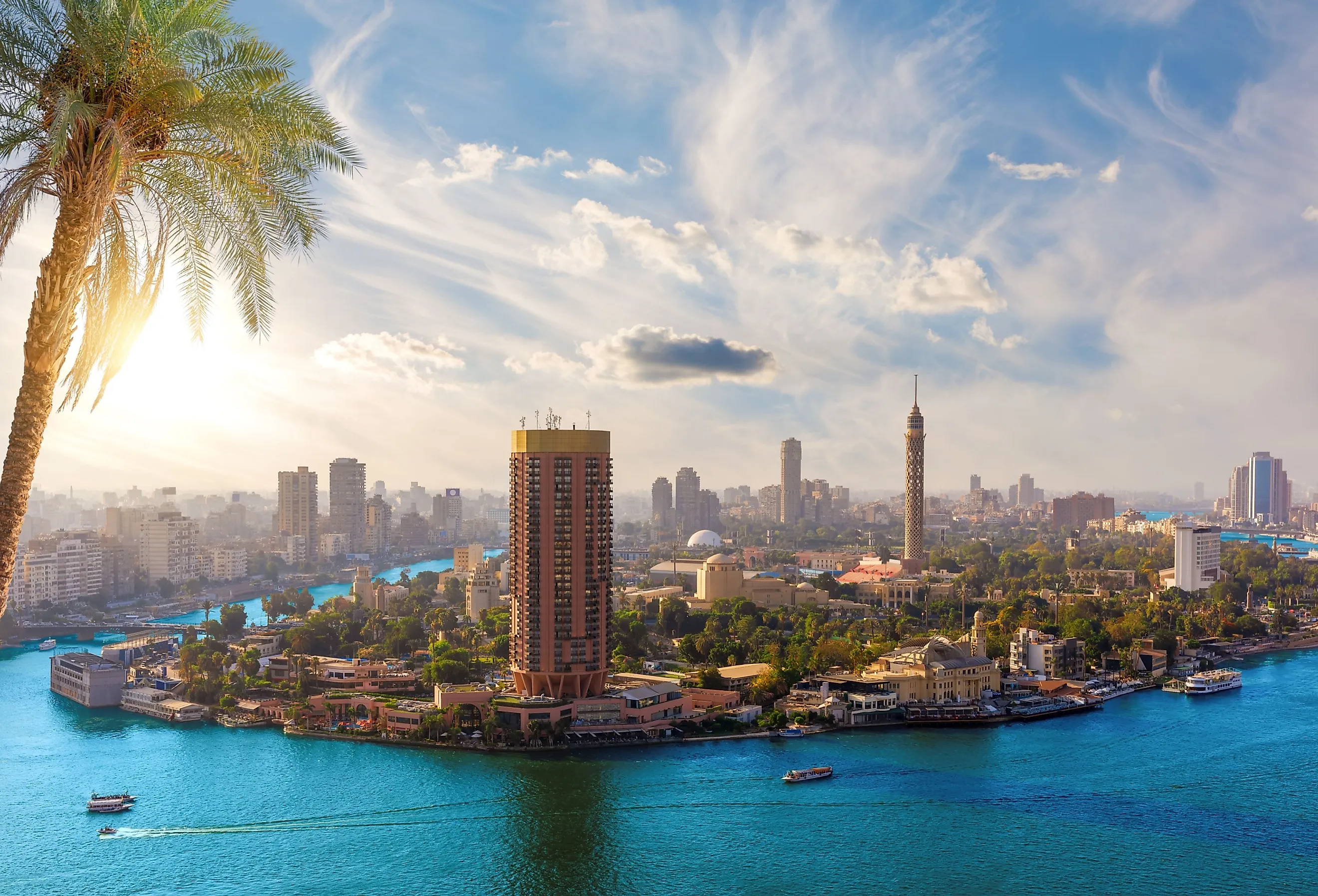
Cairo, Egypt
Egypt is renowned for its vibrant history, ancient civilization, breathtaking architecture, and natural wonders. With a heritage spread across an intricate ancient history, many monuments left behind have survived the test of time for thousands of years. Cairo is the largest city in Egypt and the country's capital, blending old-world Egypt intricately with the modern, new world. Cairo is often called the “cradle of civilization,” with relics dating back to 969 CE. It is also distinguished as the largest city in Africa and in the Middle East. Cairo has been known by many names, including Memphis, Heliopolis, Babylon-in-Egypt, Al-Fustat, Al-Qatari, Al-Askar, and many more over the course of its extensive tenure.
Geography
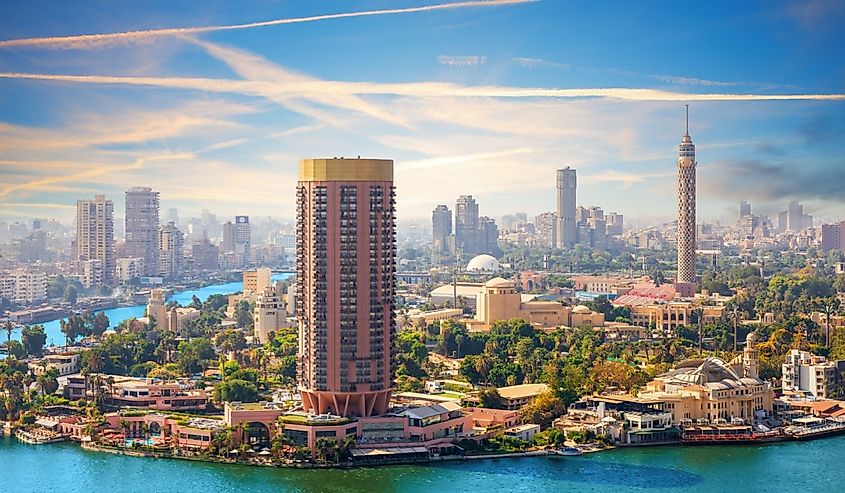
Located on the Sinai Peninsula, Egypt occupies the land between the Red and Mediterranean Sea. The Nile River, flowing between the two seas, provided the fertile soil that was key to Egypt’s thriving ancient civilization. Geographically, Egypt is abutting Sudan to the south, Libya to the west, and Israel, Jordan, and Saudi Arabia to the east.
The country is divided into four distinct regions: the Sinai Peninsula, the Western Desert, the Eastern Desert, and the Nile Valley. Low mountains and arid deserts characterize southern Egypt, whereas Northern Egypt has valleys by the Nile River and deserts flanking to the east and west.
Cairo, located in the northern part of the country just below the Nile Delta, covers 175 square miles. The city itself is structured in a fan shape, most narrow in the south. Over time, the city slowly expanded as the river receded the channel, leaving banks flood-free. The historic core of the city is a UNESCO World Heritage site.
Climate
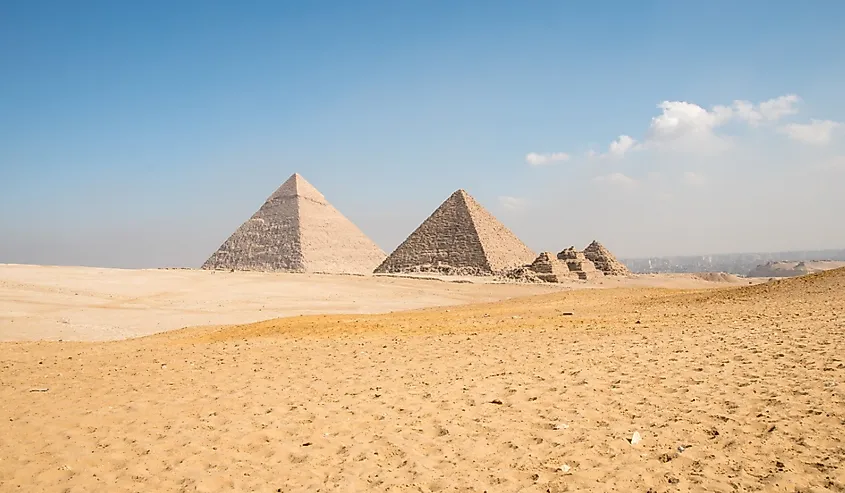
Egypt has a desert climate, with little to no rainfall throughout the year. The most popular times to visit are April, May, and June, before the peak summer heat arrives and lasts until September, another peak tourism month before the cooler winter temperatures set in for the season. Temperatures average at a peak of 94°F in the summer to a low of 48°F in the winter, depending on the time of year.
Despite its arid surroundings, the presence of the Nile River adds humidity to the city’s climate. Wind storms are common during March and April, with dust from the Sahara Desert often polluting the air. On the rare occasions that it rains in Cairo, flash flooding is a frequent consequence due to the city’s dry terrain and inadequate drainage system.
Population and Economy
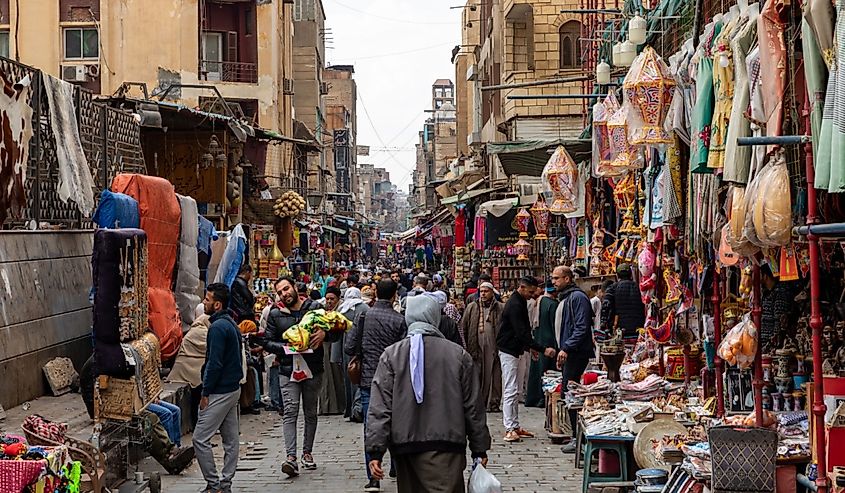
With a population of over 10 million, Cairo is the third-largest urban area in the Islamic World, falling behind Jakarta (Indonesia) and Karachi (Pakistan). Arabic is the most widely spoken language in the city. However, there is an emerging presence of English, Italian, or French speakers. Most of Cairo’s population is Sunni Muslim, with a significant community of Coptic Orthodox Christians that represented the dominant religion in Egypt before the advent of Islam. Cairo once had a large Jewish population, but most have since emigrated to the United States or Israel.
Cairo’s economy has long been rooted in governmental functions, commerce, trade, and industrial production. Following the 1952 revolution, the city experienced large-scale industrialization, particularly in textile manufacturing. There was also a significant expansion in food processing, with factories procuring canned and frozen fruits and vegetables that were grown in the fertile Nile Delta. Egypt is especially renowned for its cotton and sugarcane production. Other key industries in Cairo include iron and steel manufacturing and the production of consumer goods such as sand appliances.
Attractions in Cairo
The Egyptian Museum in Cairo
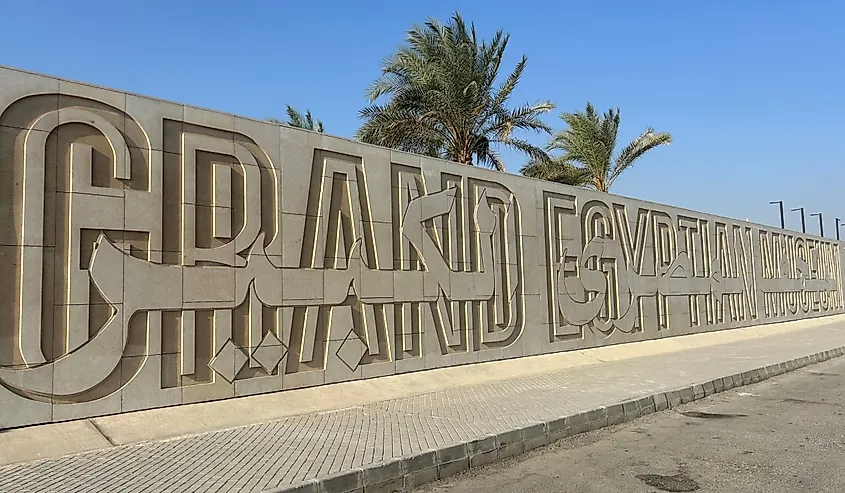
Home to the world's largest collection of Egyptian antiquities, the Egyptian Museum of Cairo (EMC) is the oldest archaeological museum in the Middle East. Housing and protecting over 170,000 artifacts, it has the world's largest collection of Pharaonic antiquities. Its exhibits span the Pre-Dynastic Period throughout the Grace-Roman Era (c. 5500 BC-AD 364).
Great Sphinx of Giza
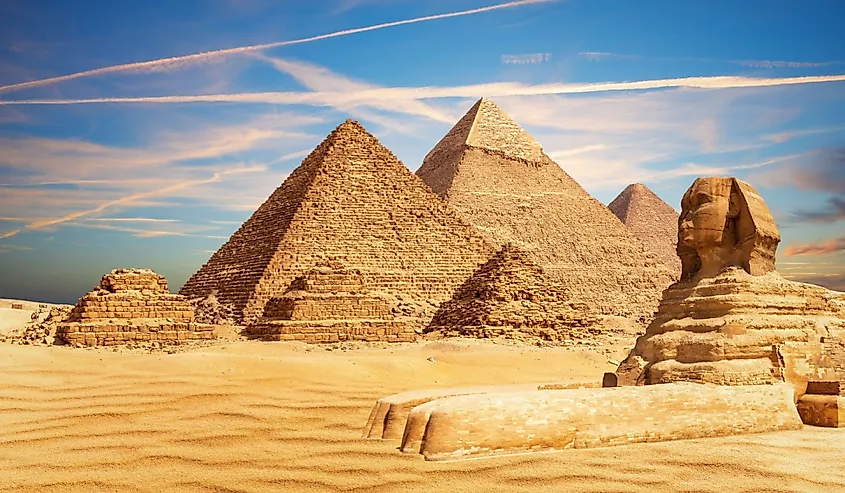
The colossal limestone statue of a recumbent sphinx with the head and face of King Khafre (c. 2575- c. 2465 BCE) is easily considered one of Egypt’s most famous landmarks. It is also likely the best-known example of sphinx art. Remarkably, it is also one of the largest sculptures in the world. Having deteriorated over time, many efforts have been made to preserve the relic, whose body has suffered the most erosion. However, its face has been noseless for centuries, inspiring many theories about the cause. The most likely of which is that it was de-nosed intentionally in protest of idolatry during the 14th century.
The Cave Church
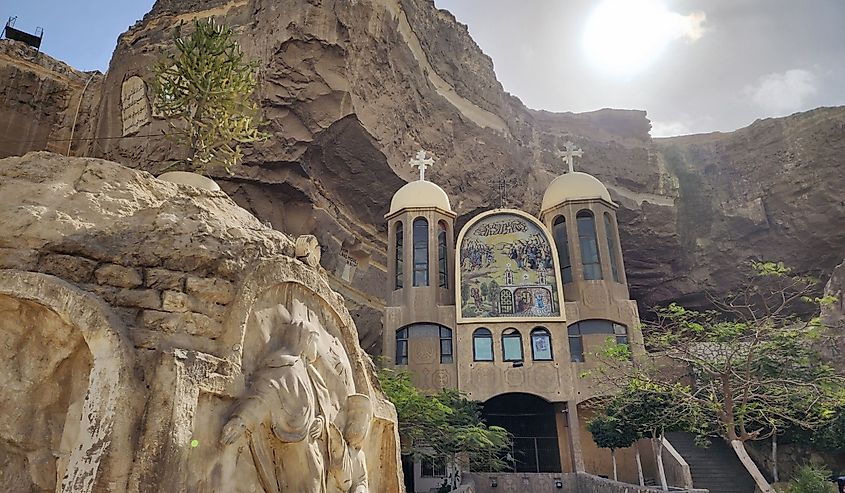
Built in the 10th century AD, back to the time when the Holy Family journeyed in Egypt, the Cave Church is a remarkable piece of art in itself. Carved into the rock face, a massive cavern that can seat 20,000 people is decorated with sculptures and drawings depicting biblical stories. Among such stories are the birth of Jesus, Lazarus's resurrection, and Joesph and Zuleikha's story. The Cave Church is one of the largest churches in Egypt, the Middle East, and the world. Dedicated to Saint Simon, it is a significant religious and historic landmark.
The Giza Plateau
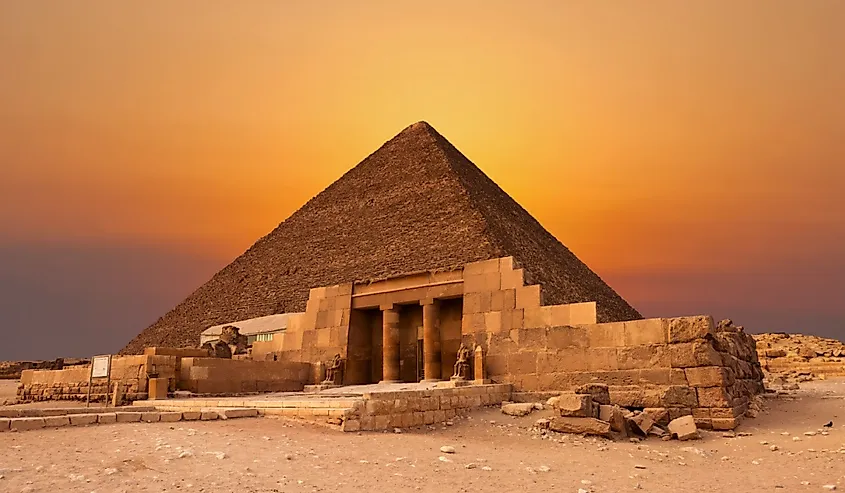
The Giza Plateau is home to the pyramids of Giza, three pyramids towering over a limestone plateau and surrounded by additional monuments. Each pyramid serves as the final resting place of a 4th Dynastic King. The Great Pyramid of Giza, the largest pyramid on the plateau and most iconic, was built for King Khufu (C. 2589-2566 BC) and was the tallest man-made structure in the world for 3,800 years. The remaining two pyramids were built for King Khufu’s son, King Khafre, and grandson, King Menkaure.
Pharaonic Village
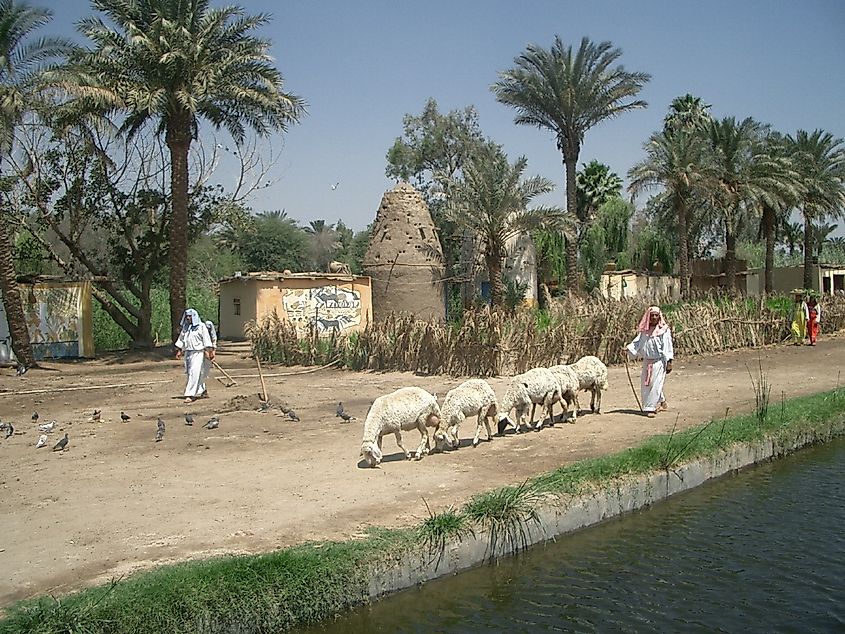
The Pharaonic Village is an open-air museum that offers visitors a glimpse into life in Ancient Egypt during the time of the Pharaohs. Through interactive exhibits, guests can explore replicas of iconic monuments such as temples, tombs, and pyramids. The experience is enriched with activities like boat rides, traditional dance performances, reenactments, authentic cuisine, and games.
The village also features specialized museums, including a Mummification Museum, Pyramid and Sphinx Museum, Coptic Museum, and exhibits dedicated to Queen Cleopatra and Chinese Civilization.
Habit Pasha El-Sakakini Palace
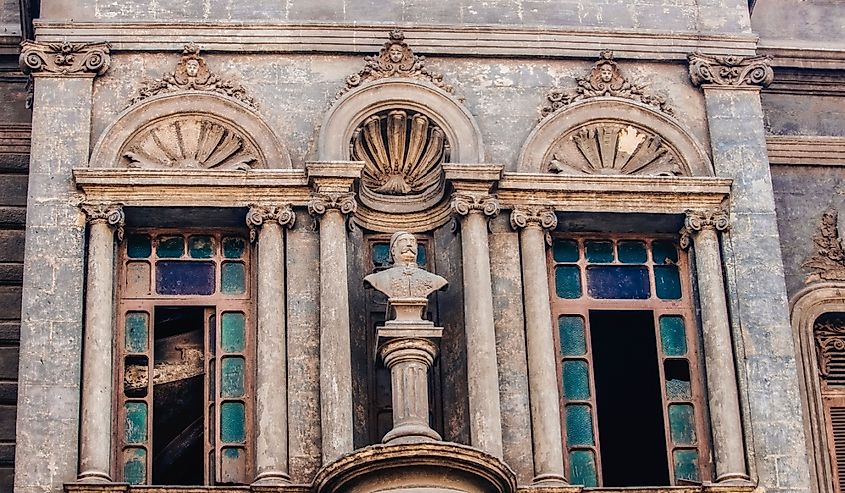
The Sakakini Pacha Palace is an architectural masterpiece in the bold French Rococo style, adorned with multiple domes. It was designed by a French architect and commissioned by Count Gabriel Habib Sakakini Pasha, who originally came to Cairo to work on the construction of the Suez Canal.
Located at a central point in Cairo, at the junction of two main roads, the palace took five years to complete. A descendant of the Sakakini family has since gifted it to the Egyptian Ministry of Health, preserving its legacy as a historic landmark.
Bab al-Futuh
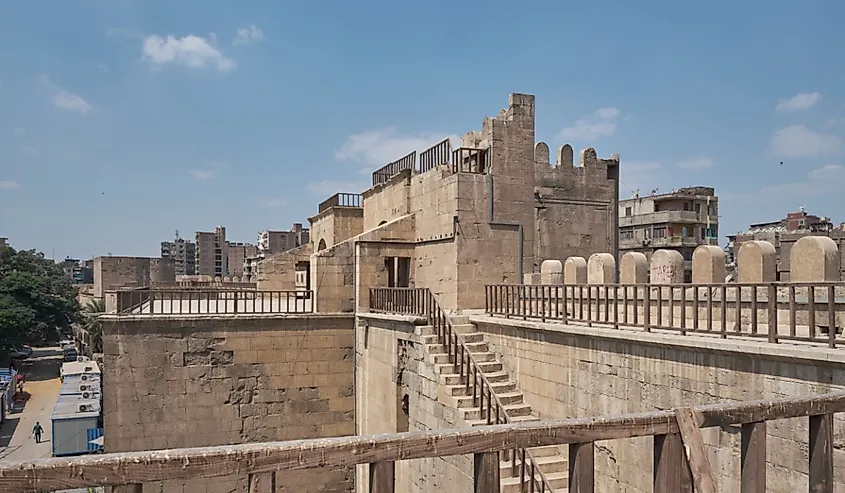
Also known as the Gate of Conquests, Bab al-Futuh is one of the gates in the northern wall of Fatimid Cairo and a rare example of pre-Crusades military architecture in the Islamic world. Originally named Bab al-Iqbal, or the Gate of Prosperity, it was later renamed after consistently being referred to by the monument it replaced, Bab al-Futuh.
The gate features two rounded towers connected by an arched platform over the entryway. The platform was ingeniously designed with shaft holes in the floor, allowing soldiers to pour oil on invaders during sieges. Bab al-Futuh is a testament to the ingenuity and strength of Fatimid-era defensive structures.











